Publications
The BDTA is commited to sharing Building Digital Twins knowledge and resources with the wider AECOO community
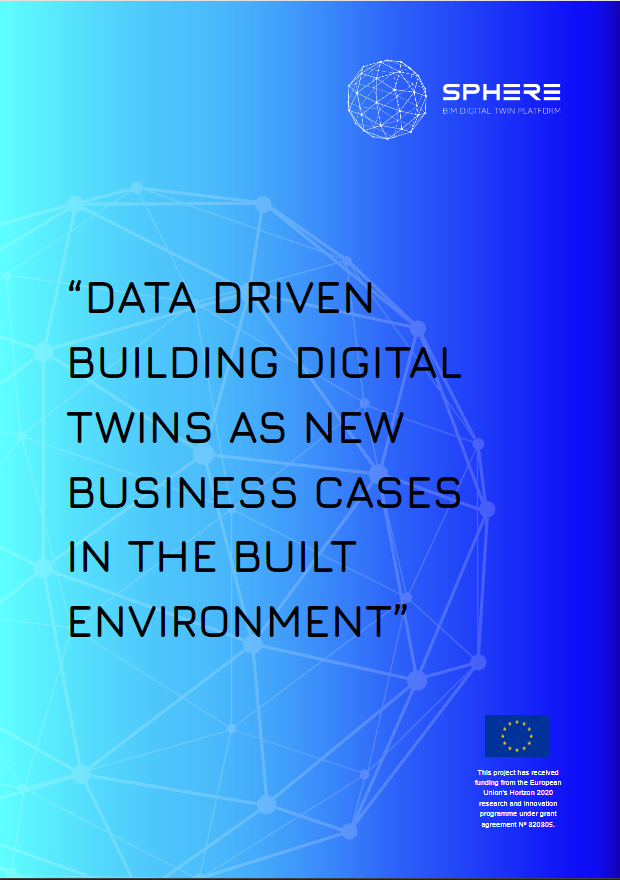
Technical Insight 3: Data Driven Building Digital Twins as New Business Cases in the Built Environment
Digital transformation is more important than ever. Data and analytics change how architecture, engineering, construction and owner (AECOO) operates but some changes are invisible to the eye: transformation of business models. To avoid commoditization, some companies are moving fast to adopt digital platforms to run their business. They add new services to their existing portfolio, and they build new partnerships. We see the emergence of new roles (chief data officer, chief digital officer, chief transformation officer, chief analytics officer, chief partnership officer), new activities (that focus on data capture and usage), and new tools (to make business decisions and develop insights based on data). onsequently, entirely new ecosystems are emerging as well as new roles are being proposed.
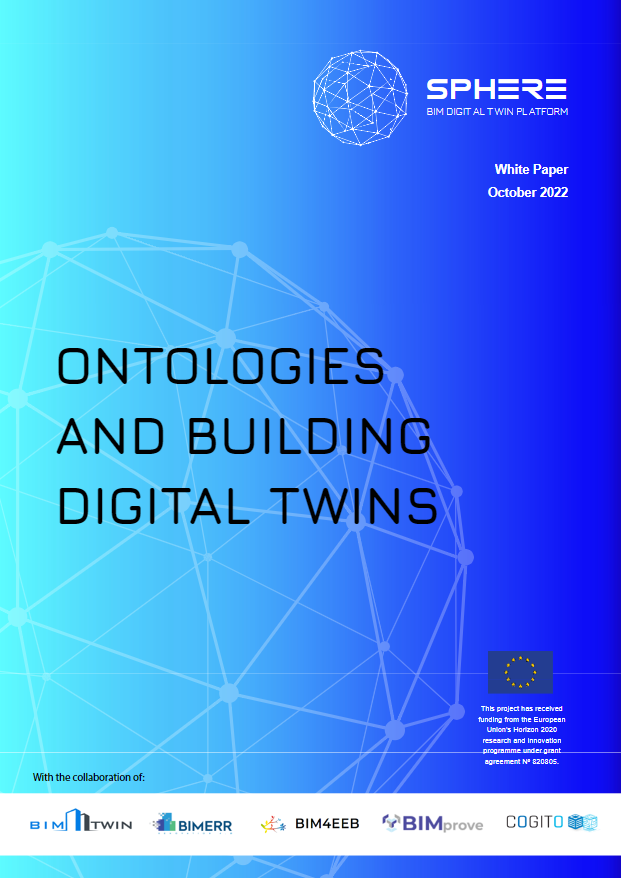
White Paper 3: Ontologies and Building Digital Twins
A review of existing ontologies in construction is presented (updated September 2022). Motivation, alignments and final applications with special interest on methodologies. Software Tools are presented in an Appendix. Some use cases are presented with different orientations.
Final conclusions are oriented to new paths to follow in future developments, considering other technologies and commercial solutions nowadays. More than new ontologies the use of existing ontologies as DICon1 could help to standardize and make an ontologies map for construction possible. Progress with standards, as mentioned in a specific chapter about status of group CEN442 WG4, is essential to get a good level of interoperability, but it faces complex technical challenges. And the most sophisticated and perfect implementation sometimes means a non-practical approach, and too rigid to be used by the industry.
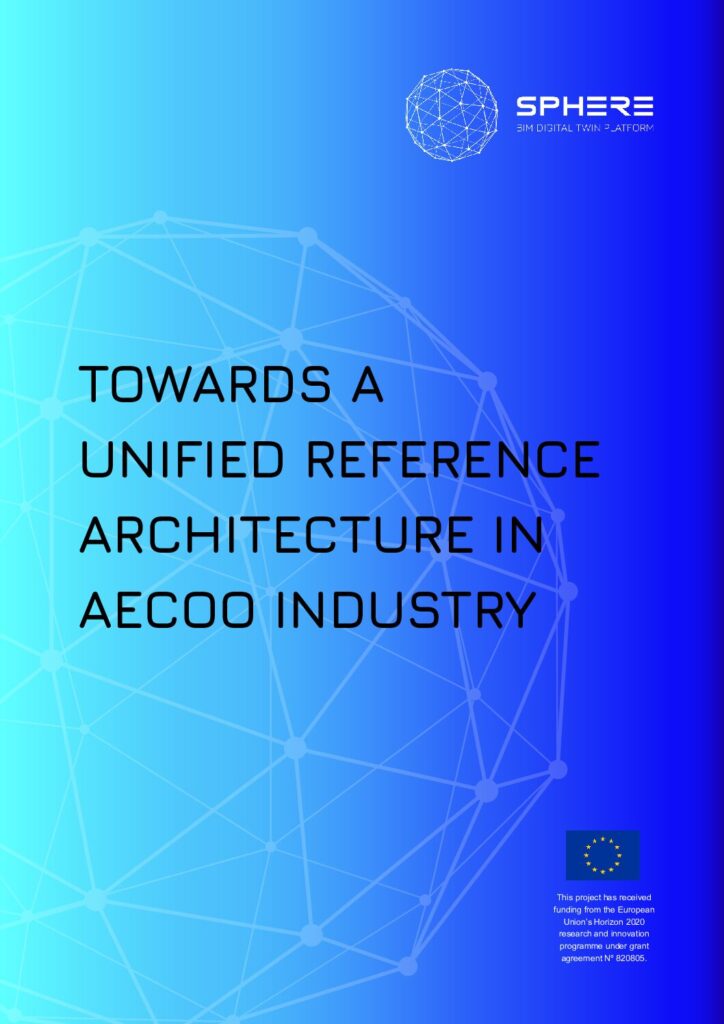
Towards a unified reference architecture in AECOO industry
Nowadays, discussion across the construction industry about moving away from silos in different phases of the design and construction process has become a hot topic. Utilising key project data through integrated systems and technologies in an effort to eliminate common problems such as re-entry of data or data redundancy is a matter of traceability and trustworthiness, hence controlling the risks. In order to achieve such an integrated information flow across the life cycle of an asset, data interoperability is extremely important in the AECOO industry as the industry encounters a lot of complexity like many stakeholders, one-off projects and an ever-changing environment.
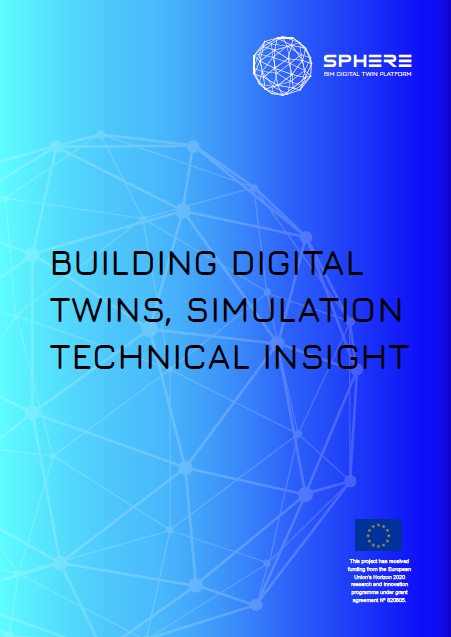
Building Digital Twins, Simulation Technical Insight
The concept of “Building Digital Twins” needs to be well defined to avoid another new diffuse and trendy topic. Definitions, new roles and standards are helpful to understand which type of twin we are talking about and how useful it may be for society.
Many concepts surround the idea of ‘digitized and available’ data through the web, but ontologies and data structures may demand critical decisions in early stages of development of those digital twins. Different data structures will requiere a correct representation to be able to be integrated somehow. That integration may become impossible if some decissions at the beginning of the digitization process are incorrect.
Mathematical simulation uses a non congruent or conciliable representation with BIM objects. Important decissions must be taken to ensure the coexistence and cooperation of both environments.
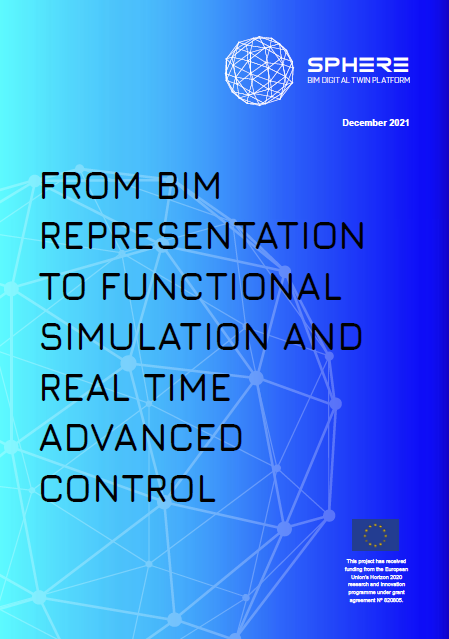
White Paper 2: From BIM Representation to Functional Simulation and Real Time Advanced Control (Q4 2021)
Residential Building Digital Twin functional representation requires a new professional role (BDT Simulation Manager). This functional aspect of the building digital twin covers all phases of the building, from design and concept to commissioning and real time management. It must be well coordinated with BIM and other services of the BDT. Mathematical simulation can reproduce functionalities of the different systems: passive building, ventilation networks, heating and cooling devices, meteorology and occupancy. Advanced Software in the Loop embedded in supervision and control devices can improve drastically the visibility of health, comfort and energy parameters. Performance contracts (as one economic implication) can make use of dynamic energy evaluations. Maintenance can be carried out effectively thanks to extra parameters derived from simulation, affecting not only equipment but networks and sensors. Challenges as Trustworthy BDTs andprivacy and ethical constraints are considered, describing new aspects and solutions. The document point out next steps and possible lines of development, and the impact they can have in future EU policies. Especially microgrids and projection to smart cities is considered.
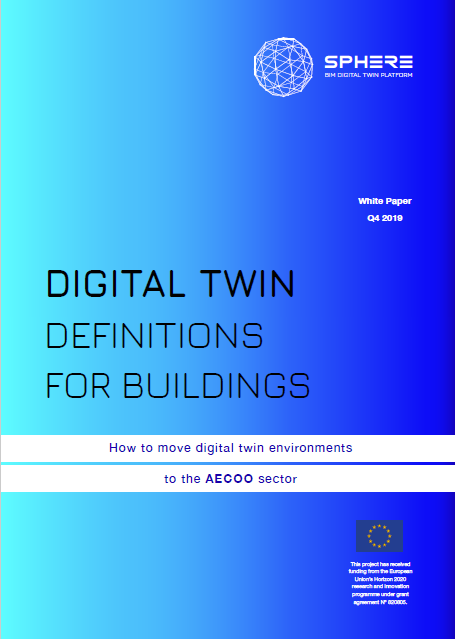
White Paper 1: Digital Twin Definitions for Buildings (Q4 2019)
In recent years, industrial and research communities have devoted considerable effort
to the digitalisation of AECOO processes with the main objective of achieving a new paradigm for any Design and Construction project which should allow the highly desired improvement of the productivity in the sector.
The basic axis of this revolution has been the subsequent levels of BIM methodology implementation across the world, which has recently reached an important milestone with the creation of the ISO-19650 international standard and includes the data migration from the previous design and construction phases into the Facilities Management(FM) systems and for on-going operations. Besides this trend, another paradigm change is currently boosting across manufacturing sectors which are moving to the Industry 4.0 concept, by the improvement Product Lifecycle Management (PLM) methodology based on Smart, Connected Product Systems (SCPS) or Digital Twins. Following this, the document presents the analysis of the current State of the Art to develop a generic definition for Building Digital Twins as well as their adaptation as an extension of current SoA AECOO procedures, based on this ISO-19650 to hence allow an easier uptake of this PLM in the AECOO sector and beyond, by considering the most significant real estate stakeholders also during Operation and Maintenance.
